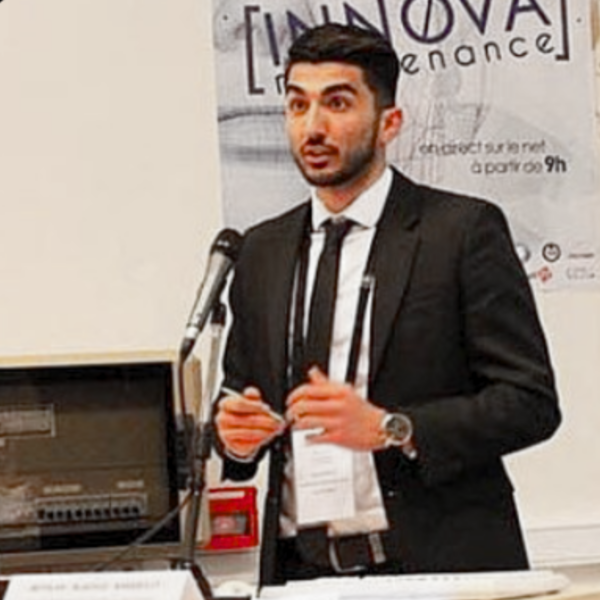
Balancing Energy Supply and Safety: The Future of Belgium’s Nuclear Reactors
The government is in the midst of negotiations with the French energy group Engie for the extension of two reactors: Doel 4 and Tihange 3. An agreement was already reached on the 9th of January 2023, but it could be that other factors become part of the discussion.
Despite the 2003 agreement on the nuclear phase-out, there is a possibility to extend the life of the Tihange 1 reactor by ten years, even though it is supposed to be permanently shut down in 2025. The same goes for Doel 1 and Doel 2. This happens right after the final shutdown of Tihange 2 (31st of January 2023) and Doel 3 (23rd of January 2022).
Limited supply
The reason for this decision comes from recent studies showing a significant supply shortage for Belgium for the winters of 2025 and 2026. According to the electricity transmission system operator Elia, Belgium could suffer a deficit of 900 MW to 1.2 GW during these periods.
These findings are the cause of a reconsideration of the nuclear phase-out law, or even a replacement. The final shutdown date could be postponed by ten years, as the condition of these reactors is not alarming. The idea would be to gain time while developing renewable energy and new techniques such as SMR; small modular reactors.
These have the advantage of reducing site work, increasing containment efficiency and the safety of nuclear materials. By saving nuclear fuel in the summer, when renewable energy is more abundant, the reactors could then be used for more winters.
However, the question we could ask ourselves remains: is it not too late?
If we take into account that the LTO (Long Term Operation) of Tihange 1, Doel 1 and Doel 2 in 2015, took 5 years for these 3 reactors to be able to restart until 2025, it’s valid question.
A precious commodity
Because of the uncertainty that has reigned over the country, we now only have two years for an LTO of Doel 4 and Tihange 3. However, the analysis of the FANC showed that an extension of the operating period of the most recent nuclear reactors was possible in terms of nuclear safety.
Keeping in mind that it is subject to the necessary regulatory adaptations and safety improvements of the installations, that makes the timing seem feasible. Doel 4 and Tihange 3 are the most recent reactors in our country and already largely meet the new requirements today, even if some safety improvements are still necessary.
This is a major challenge and deserves its place on the governmental table, at a time when energy is a precious commodity and an indispensable asset in the development of a country.

Written by Arnaud Vandeput
Business Manager at Catalay




